I’m an ER doctor — don’t bring these 5 foods to the beach

He’s not so shore about your holiday menu.
An emergency room doctor is sharing the five foods he would never bring to the beach for fear of food poisoning — cold cuts, fresh salads, anything with mayo, raw meat, and pre-cut fruits.
The Centers for Disease Control and Prevention estimates 48 million people get sick from foodborne diseases each year in the US, sending 128,000 to the hospital and killing 3,000. Food poisoning is more common in the summer because bacteria can thrive in warm, moist environments.
“The last thing you want is for people to go home and remember the beach trip because they got sick,” Dr. John Torres, a Colorado-based physician and NBC News senior medical correspondent, said last week on “TODAY.”

Cold cuts
Torres said sandwiches with deli meats or cold cuts need to be refrigerated until they are ready to be eaten.
The US Department of Agriculture recommends using an insulated bag or cooler that can keep contents below 40 degrees Fahrenheit. Bacteria grow most rapidly between 40 degrees Fahrenheit and 140 degrees Fahrenheit, a range known as the “danger zone.”
Once you take the sandwiches out of the cooler or refrigerator, you generally have two hours to eat them or one hour if the outdoor temperature tops 90 degrees Fahrenheit, the USDA says.
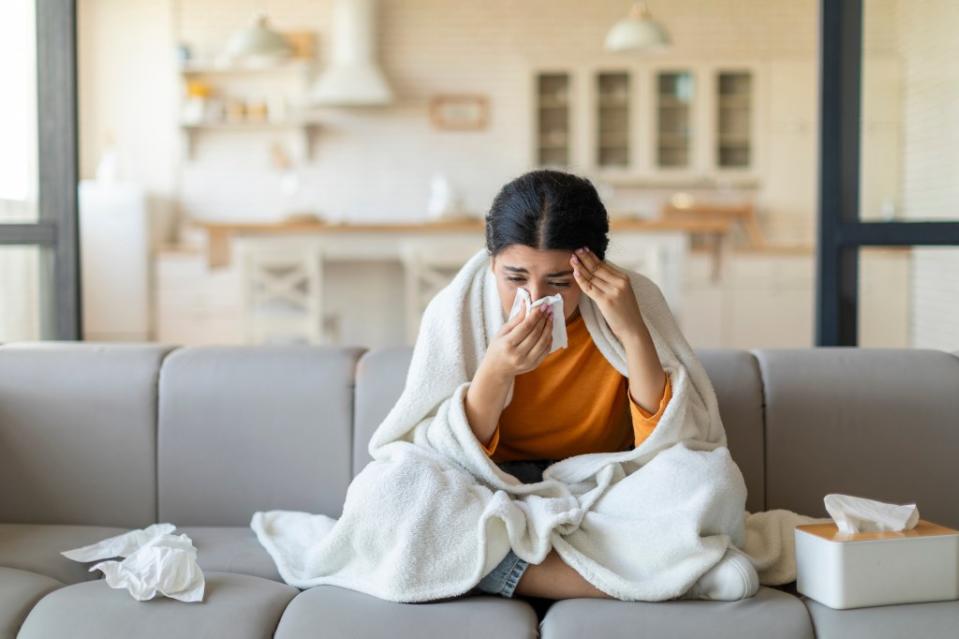
Fresh salads
A new study published in the Journal of Food Protection finds that leafy green vegetables — especially romaine and iceberg lettuce, spinach, and cabbage — are a major source of foodborne illnesses.
The USA recommends washing your hands before and after preparing your salad, cleaning and sanitizing all dishes and utensils, and using different kitchenware for ready-to-eat cold dishes and raw foods.
Keep your salad in an airtight container until you’re ready to serve it, Torres counsels.
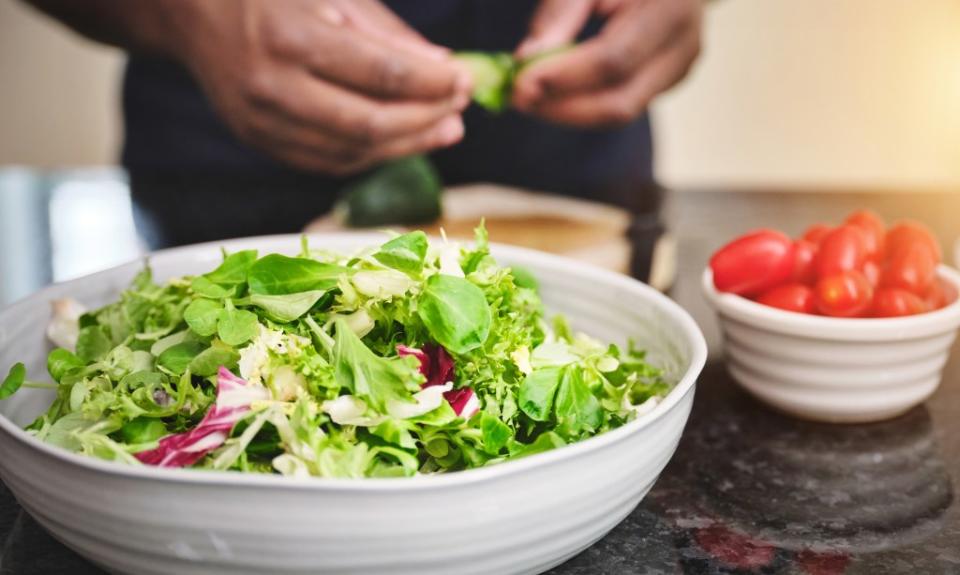
Anything with mayo
“Mayo-based potato salad is always one of those big things that cause a lot of issues,” Torres said.
While the USDA has concerns about homemade mayo, when it comes to cold salads, the agency says “the danger of foodborne illness lies with the main ingredient, such as eggs or chicken.”
Eggs should be cooked to an internal temperature of 160 degrees Fahrenheit while chicken should be cooked to 165 degrees Fahrenheit. The salads should be refrigerated until serving.
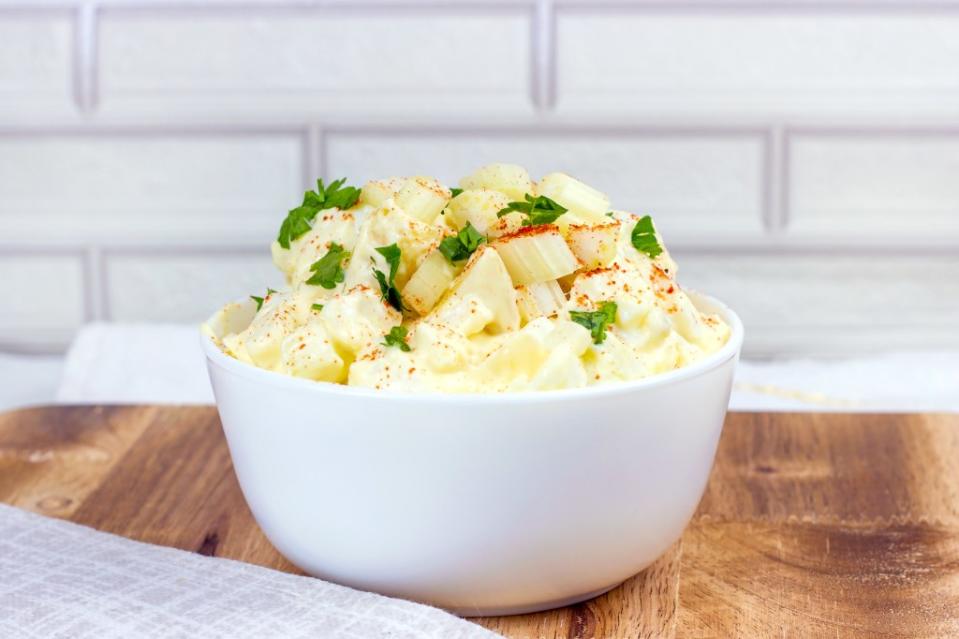
Raw meat
Torres advises against bringing raw or uncooked meats to the beach.
The USDA says if you decide to do a beach cookout, scrub the grill before use; wash hands before and after handling raw meat and poultry; separate raw meat, cooked meat, and vegetables; and use a food thermometer.
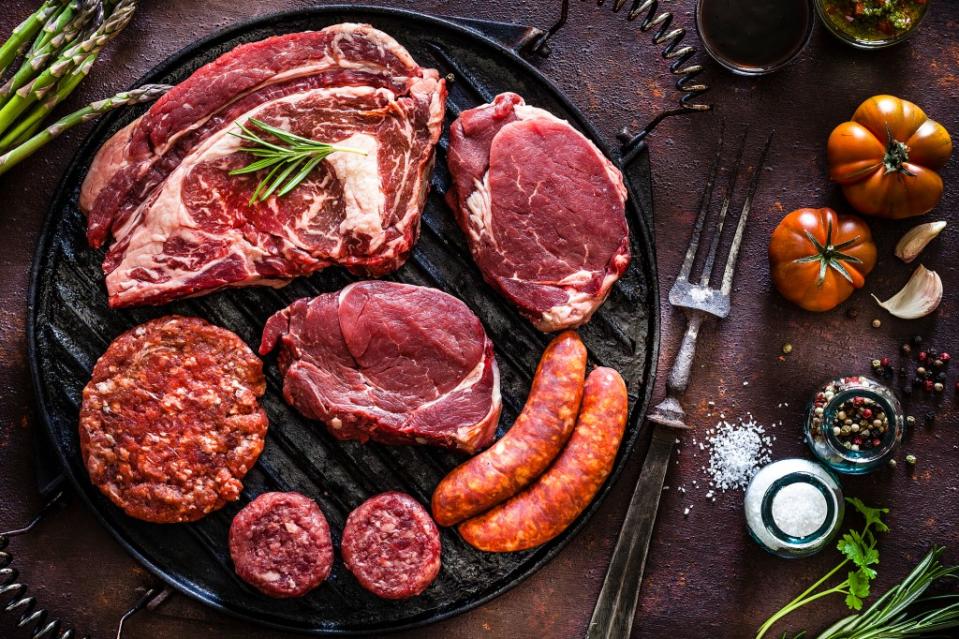
Whole cuts of meat should be cooked to an internal temperature of 145 degrees Fahrenheit with a three-minute rest time. Fish should be cooked to 145 degrees Fahrenheit, ground meats to 160 degrees Fahrenheit, and ground or whole poultry to 165 degrees Fahrenheit.
Eat the meat within two hours of cooking or one hour if the outside temperature reaches above 90 degrees Fahrenheit.
Pre-cut fruits
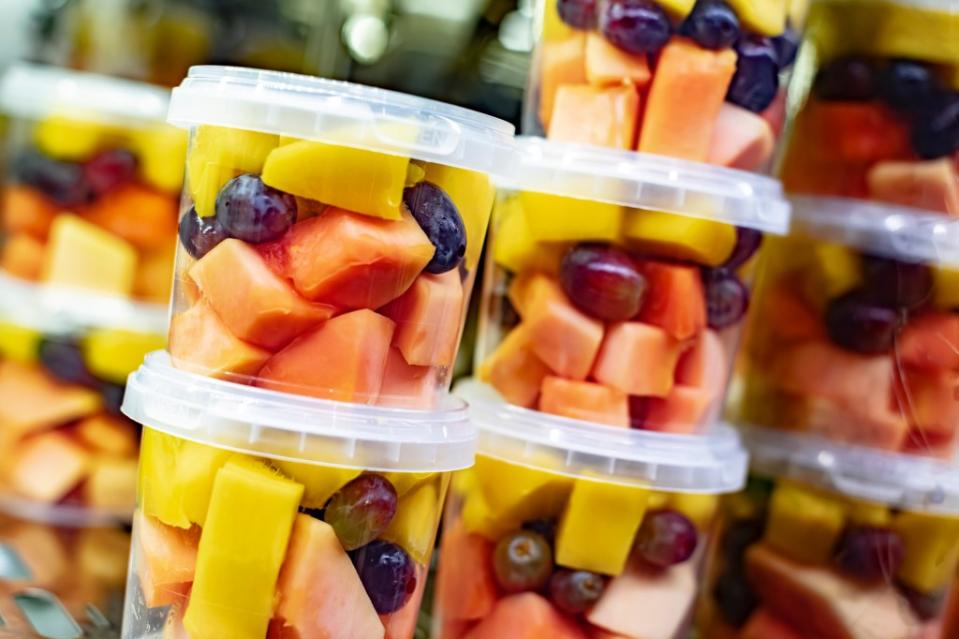
A 2021 study noted that fresh-cut fruit products can be contaminated during the peeling, slicing, and packaging phases of processing, with salmonella, E. coli, listeria and norovirus among the major pathogens of concern.
Torres reports that pre-cut fruit can also get warm faster and attract insects — he recommends bringing the whole fruit (like watermelon) to the beach to slice there, making sure to clean your hands, knife, and cutting board before doing so.

